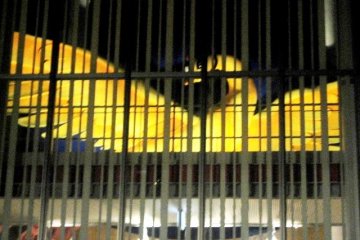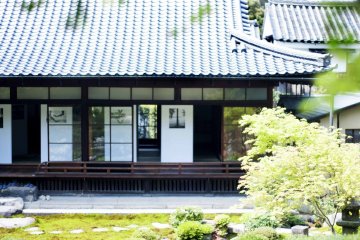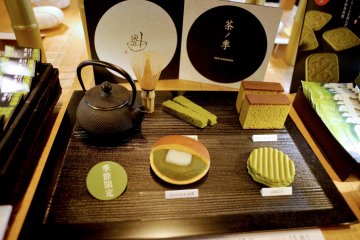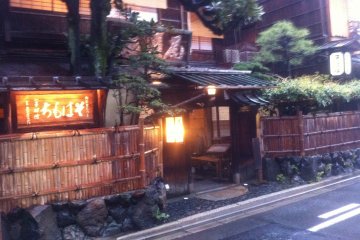In medieval Japan, pilgrims and vassals alike travelled by foot or horseback to the ancient capital, Kyoto. On their way, they would stay in guesthouses and eat at road side inns, serving simple but nourishing food like udon and soba noodles. This tradition of serving and caring for travellers carries to this day.
Just a few minutes’ walk from the Imperial Palace is Owariya, Kyoto's oldest soba restaurant. Founded in 1465, you can feel the history the moment you step inside the front gate, with aged trees lining the courtyard and what feels like a ninja warren of rooms in all directions, narrow stairs and low ceilings designed more for shorter people from an earlier time. Simple earthy and wood panelled décor and lots of light means that even the tallest diner will feel comfort rather than claustrophobia, and if you do get lost (there seems to be more than one way from any room to the counter or the bathroom), its compact footprint ensure that you won’t be lost for too long. While the setting is not quite a samurai movie set, it is certainly atmospheric, and a great place to take a break after some serious sightseeing, as we did one stormy afternoon at 3pm, and were warmly greeted with an unwavering and gracious hospitality despite the late lunch request.
The history of soba shop is the history of Kyoto itself. Having served the Imperial Family (well they did used to live down the road), the restaurant is famous for the quality of its soba and udon, and more importantly, the dashi stock that it makes on premise. The fifteenth generation owner Denzaemon Inaoka tells me the key to delicious stock is the spring water. He insists that only the freshest Kyoto spring water is used, and even though there is a second restaurant in Kyoto Shijo, there are no plans to open a branch in Tokyo. So the Imperial Family have to come here to try its noodles, and come here they do. There is a twist in the story of this restaurant. It was originally a sweet shop. But you can’t have sweets for dinner, for travelling pilgrims need proper meals for the road. While the front counter continues to serve sweet crackers, relax in the atmospheric ground floor rooms with tatami mats and slurp your way through the Hourai soba, an original recipe with no less than eight toppings, including sesame horse-radish, seaweed, leek and deep-fried shrimp. If you aren't so hungry or have a tight budget, their plain buckwheat noodles in the original dashi stock starts from just 630 yen.
They also have seasonal specialities, and we were lucky enough to try some tempura bamboo shoots, with a bite like a spring May's morning. Mr Inaoka tells me that the best time to try soba is in the fall, after the buckwheat harvest. Now that’s another reason to come back to this simple yet delightful eatery.











